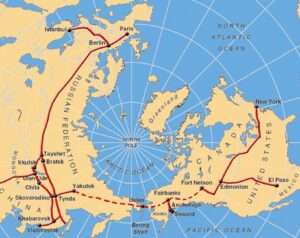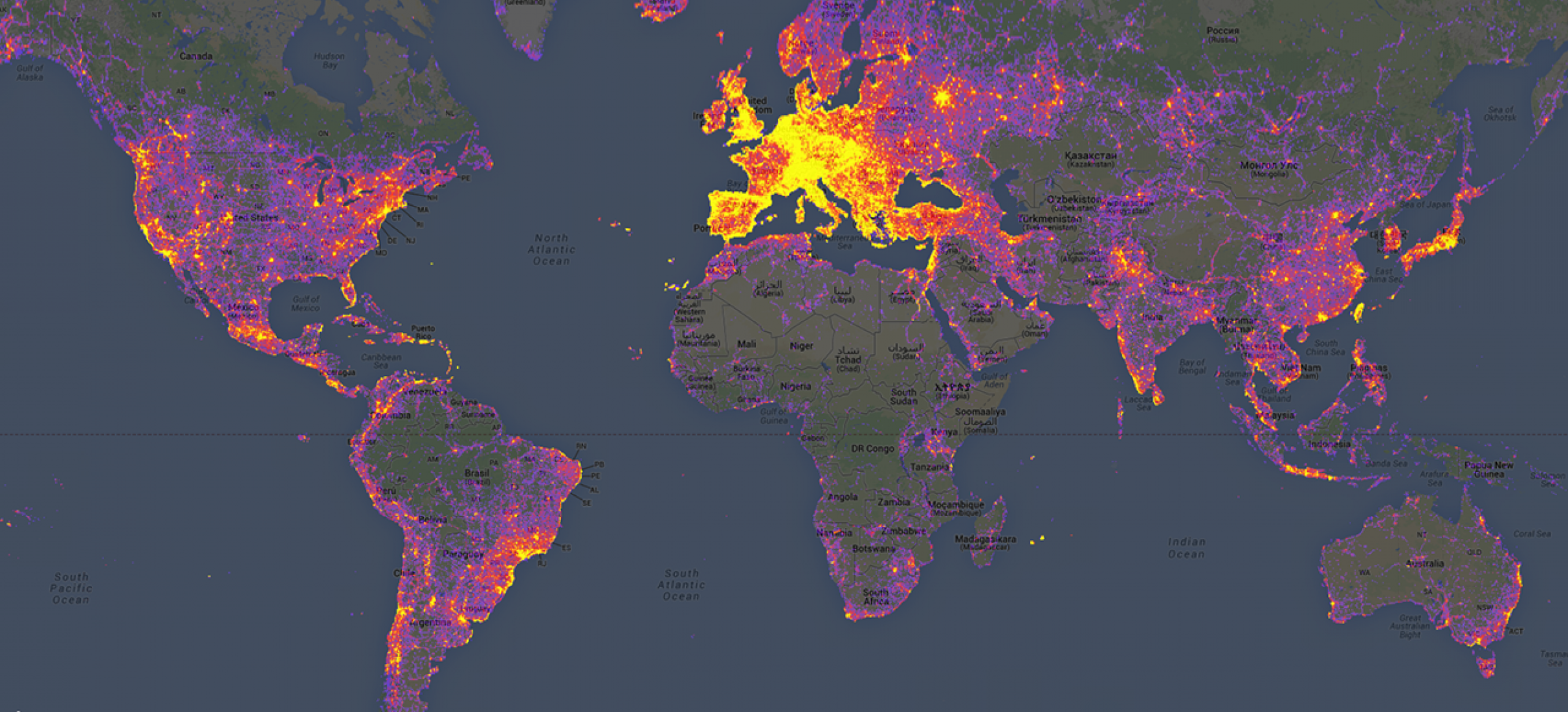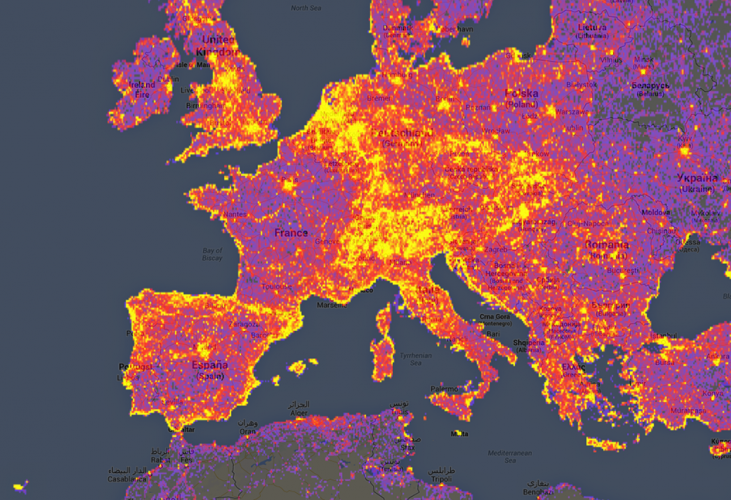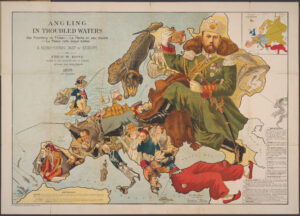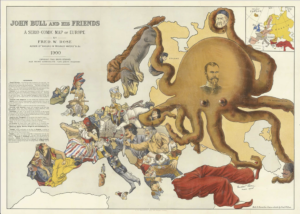Visionaries, engineers, and leaders from all over the world have long been fascinated by the concept of connecting North America to Eurasia by rail. Currently in the planning stage, and now known as the Intercontinental Railway, this ambitious plan of a vast network of railways, including a vital connection between the United States and Russia, has recently gained momentum. This mega project would have the potential to transform international trade and connectivity in an unprecedented manner.
The project’s initial objective is to extend the existing rail networks of the United States, Central America, and the Andean countries. The completion of this stage of the project would establish a rail link between Alaska and Canada to the southern reaches of South America. However, the scaling of the Bering Strait to link Alaska’s railroads to Russia’s Trans-Siberian Railway is what most interests people about this proposal. The Bering Strait, a fifty-one mile wide section of the Pacific Ocean between Alaska and eastern Russia, is the most significant obstacle engineers would face in the construction of the Intercontinental Railway. In order to connect these two continents, a tunnel spanning an astonishing sixty-two miles in length and 160 feet below sea level would have to be constructed. Not even mentioning the difficult geopolitical hurdles involved in creating a physical link between the United States and Russia and other such challenges, the Bering Strait Tunnel itself would be a tremendous accomplishment. It would be the longest underwater tunnel ever constructed, nearly doubling the length of the Seikan Tunnel in Japan, the current record holder. The Bering Strait Tunnel would join Russia’s vast rail system, which extends through Siberia and connects with the Trans-Siberian Railway. In the end, the 5,500 miles of new track and related infrastructure for the project would carry a price tag of more than $100 billion dollars, according to the 2018 Intercontinental Railway Project Proposal.
At first glance, this map invokes the audience with a futuristic vision of an elaborate high speed rail network connecting the globe, with exciting possibilities such as traveling from New York to Paris on a single train. The map appears to revolutionize the convenience and accessibility of long distance international travel with ultra high speed rail. While the map catches the eye of most for this reason, it is important to note that transportation experts and the project proposal itself agree that the true use-case for the Intercontinental Railway would involve cargo and not passengers. Transporting goods between North and South America currently requires either crossing the Panama Canal or taking lengthy, expensive sea routes. A faster, less expensive, and more effective mode of transportation would be made available by the Intercontinental Railway, which would result in significant cost savings for both businesses and consumers. Its construction would enable seamless trading by rail between North and South America and Eurasia. By enhancing trade, expanding markets, and lowering transportation costs, this integration could spur economic growth in all of the regions connected by the railway. Another advantage of this project is the potential reduction of fossil fuels. Although building such a sizable railway network is a monumental construction project, it would result in more environmentally friendly transportation options. Long-haul transportation’s greenhouse gas emissions could be reduced by using electric trains that are powered by renewable energy sources. The Intercontinental Railway would vastly diminish the frequency of highly polluting, fossil-fuel burning cargo ships crossing the Pacific Ocean. Conversely, many environmentalists hold significant concerns about both the initial and long lasting effects the railway would have. Alaska and eastern Russia are some of the most desolate and naturally undisturbed regions in the world. The effect of an infrastructure project of this scale, as well as the active disturbance of a rail line cutting through the habitats of numerous species of wildlife would have disastrous effects on the immediate ecosystem.
I believe the format and perspective of this route map provided by the advocates of the project is very purposeful. As this project is in the proposal stage, activists for the project’s construction are surely trying their hardest to establish a convincing argument for the construction of the Intercontinental Railway. The above map is a product of this. The route map is not displayed over the common Mercator projection, but instead on a birds-eye view of the upper half of the globe. Centered around the North Pole, this map is able to exclude the majority of the world, whether it be parts ignored from the project altogether (Africa), or even the included South America. This was likely done purposely due to the pursuit of gathering funding for the enormous price of the project, as North America and Russia would most likely be the heaviest and most likely contributors to the railway’s construction. The proposers are appealing to these parties by centering the map solely around these areas to clearly display the economic opportunities the project would provide to them. For a project that claims to be connecting the world by rail, the decision to choose a map that has such a narrow scope is very telling of who this project is truly marketed towards and most likely to benefit. These are aspects of a future initiative that are uniquely uncovered through the analysis of maps and the role such illustrations had in conveying certain persuasive messages.
Works Cited:
“InterContinental Railway Project Summary July 2018.” https://www.intercontinentalrailway.com, 2018.
Jacobs, Frank. “Intercontinental Railway: All Aboard the Train from New York to Paris – via Siberia.” Big Think, March 30, 2023. https://bigthink.com/strange-maps/intercontinental-railway/.
Peters, Ed. “Bering Strait Tunnel: Pipe Dream or Game-Changer for US-Russia-China Ties?” South China Morning Post, October 4, 2020. https://www.scmp.com/week-asia/economics/article/3103997/bering-strait-tunnel-pipe-dream-or-game-changer-us-russia-china.
Blog Link:
https://bigthink.com/strange-maps/intercontinental-railway
The Strange Maps blog consists of a selection of thought-provoking maps and visuals across a wide range of interesting topics with corresponding narratives of each individual pieces.
Atlas of the Week:
https://epa.maps.arcgis.com/home/webmap/viewer.html?webmap=f16f5e2f84884b93b380cfd4be9f0bba
The National Walkability Index ranks the walkability of neighborhoods covering the entirety of the United States. Each block is given a walkability score calculated from a database of contributing attributes that are also accessible for the selected area. The page is easily maneuverable to gauge the walkability of a certain block of a small town all the way up to that of large cities and states. This walkability ranking provides an interesting visual of the overwhelming lack of walkable neighborhoods on a national scale, contributing to our subsequent car dependency in the United States.

